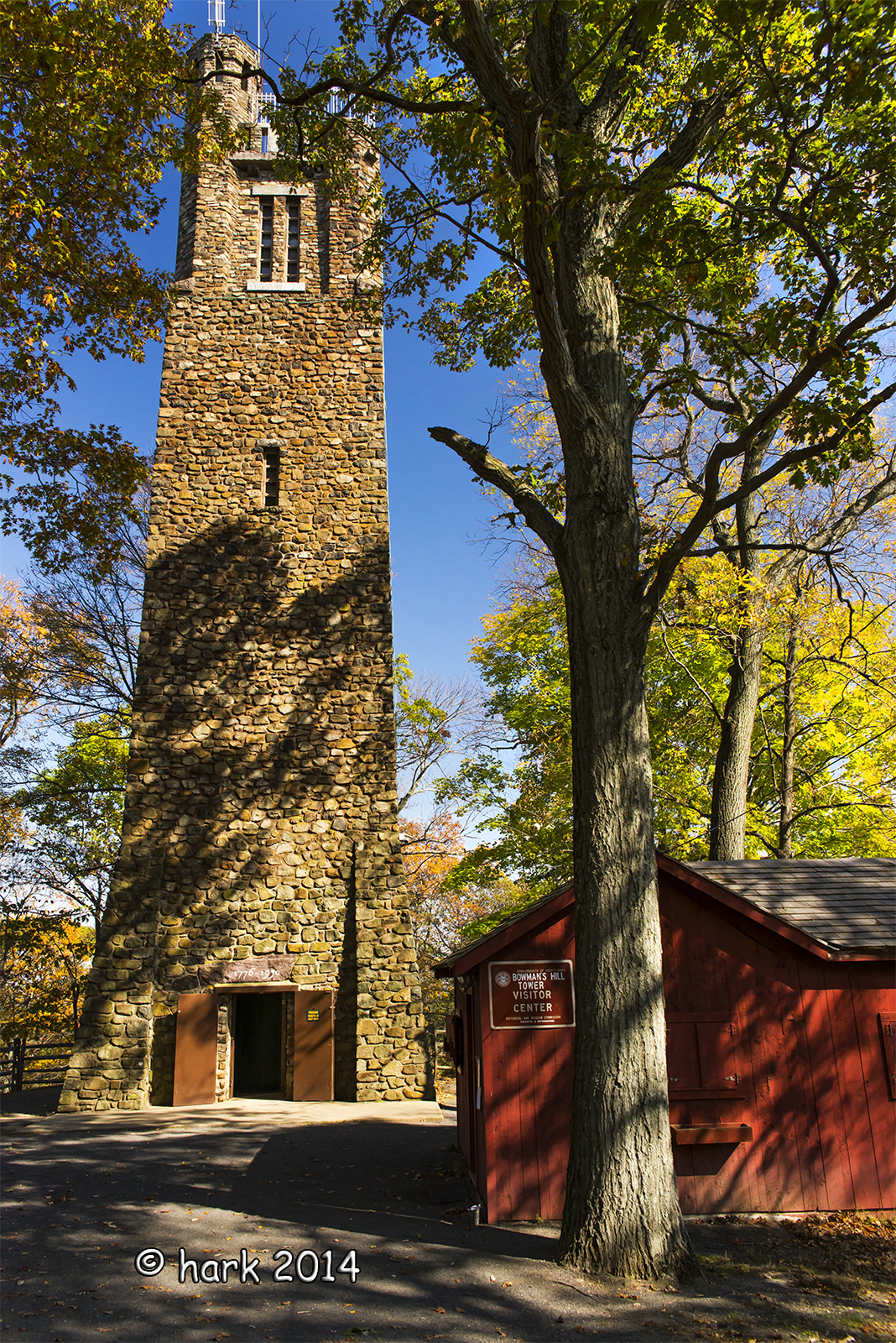BackdoorArts
Senior Member
This is my biggest pet peeve when looking at others' photographs. Crooked lines are like nails on a chalkboard.
Great article on what to look for even when there are no real lines. It can truly make the difference between a good and great photo.
The Importance of Straightening The Horizon and Aligning Lines
Great article on what to look for even when there are no real lines. It can truly make the difference between a good and great photo.
The Importance of Straightening The Horizon and Aligning Lines




